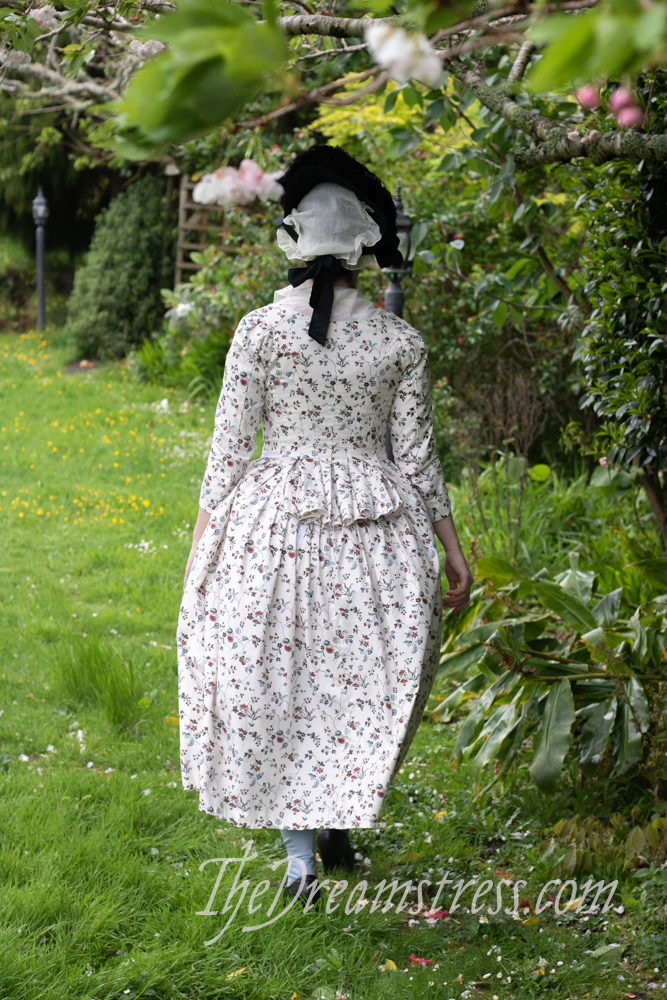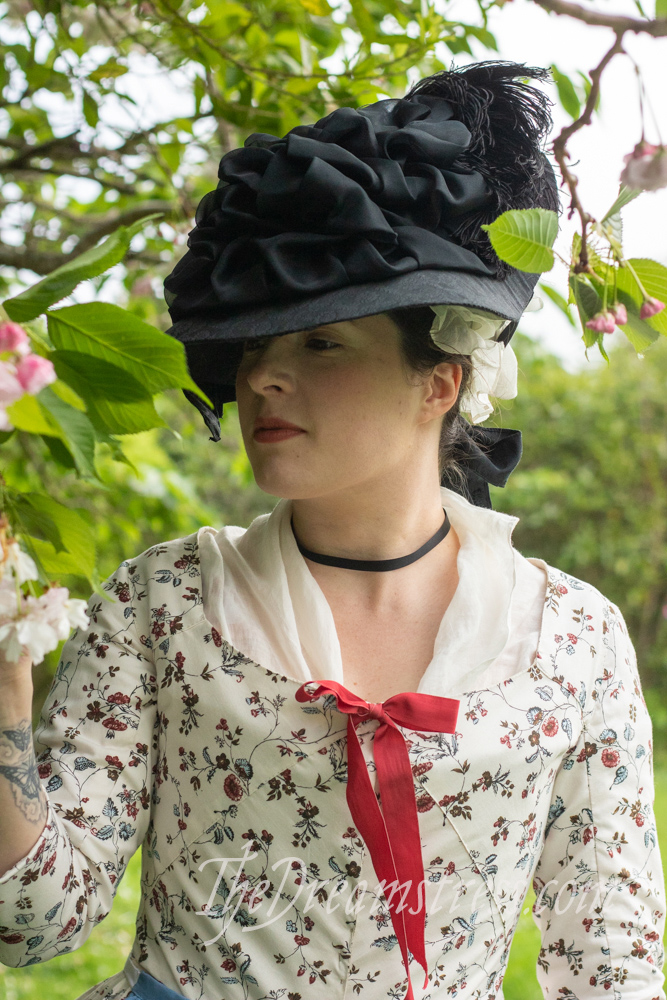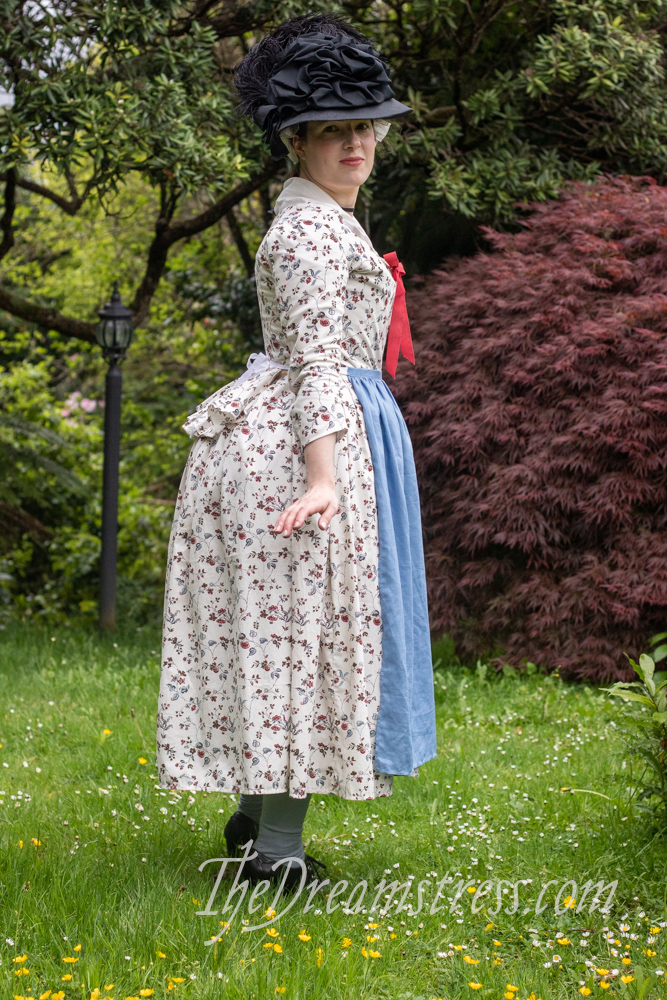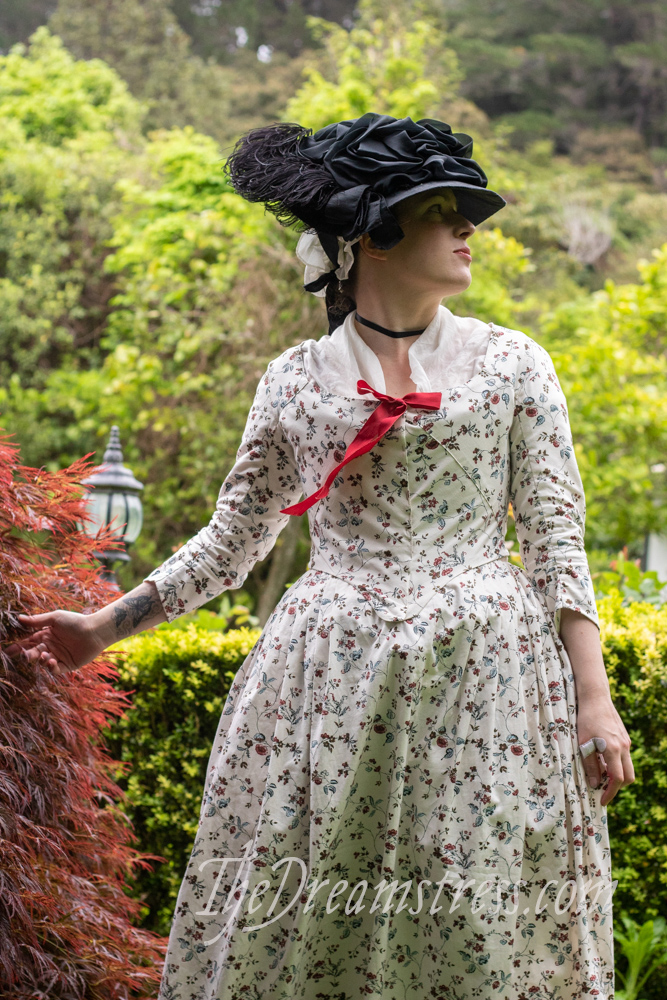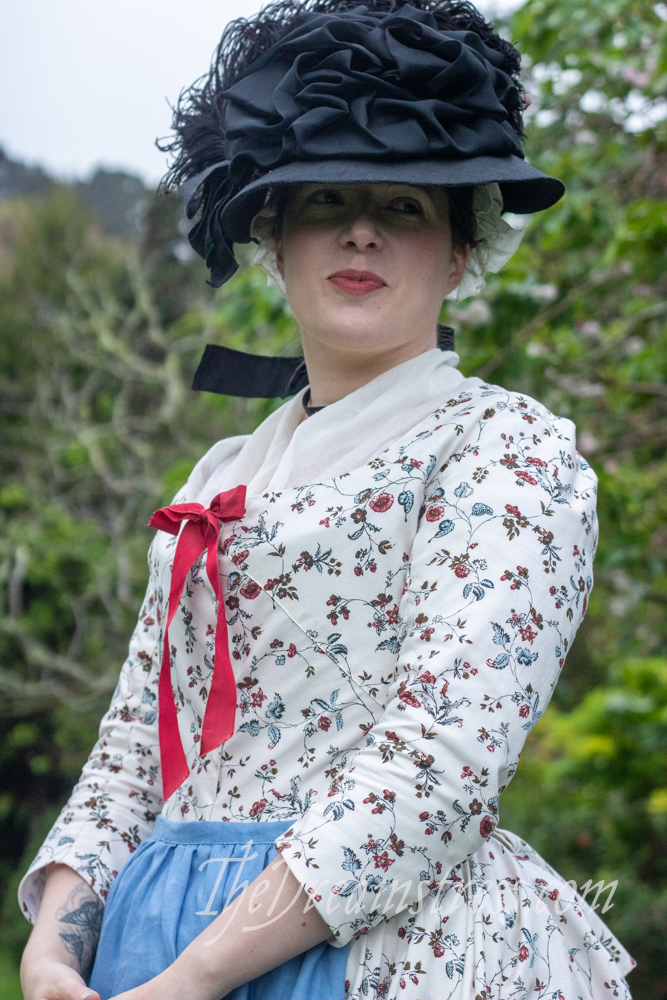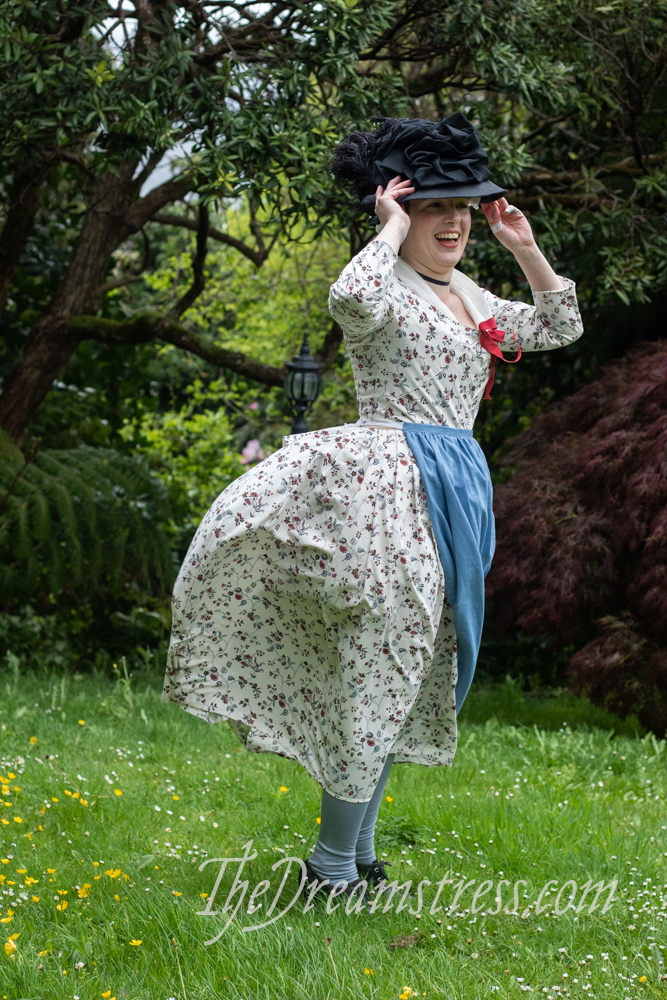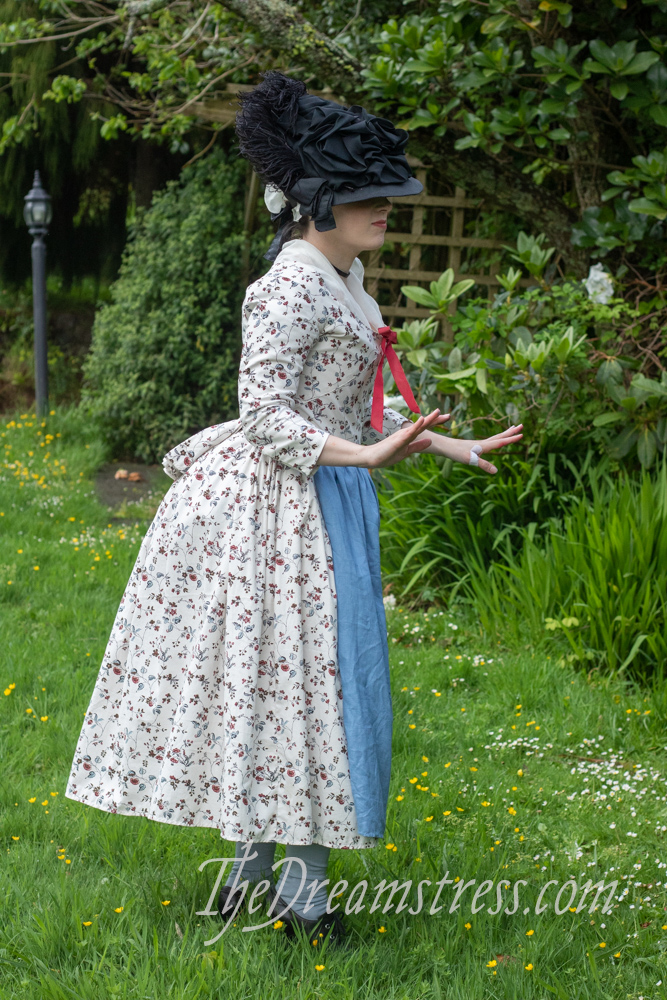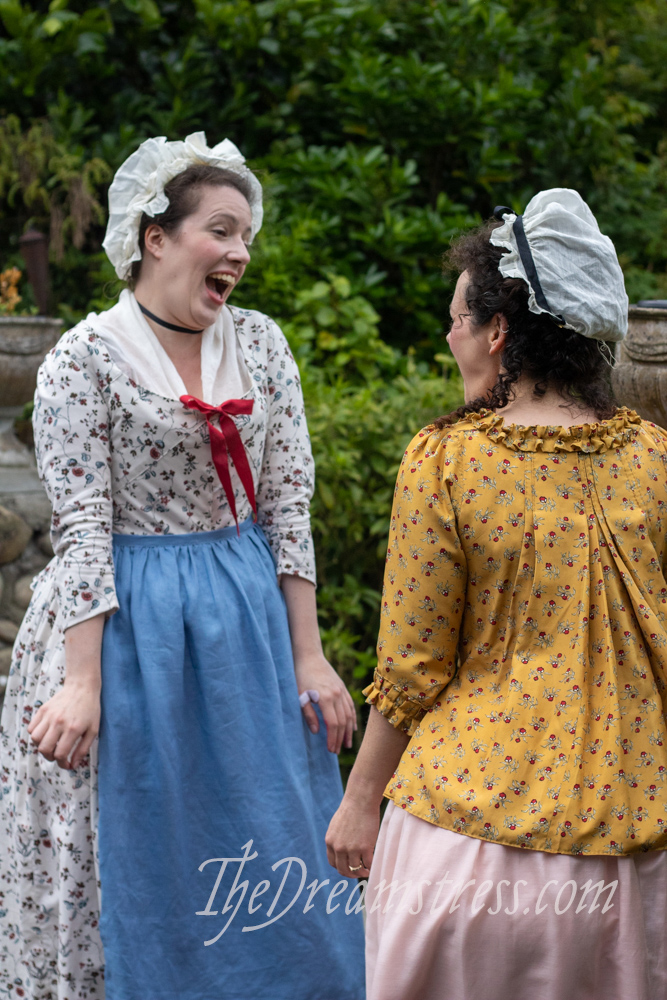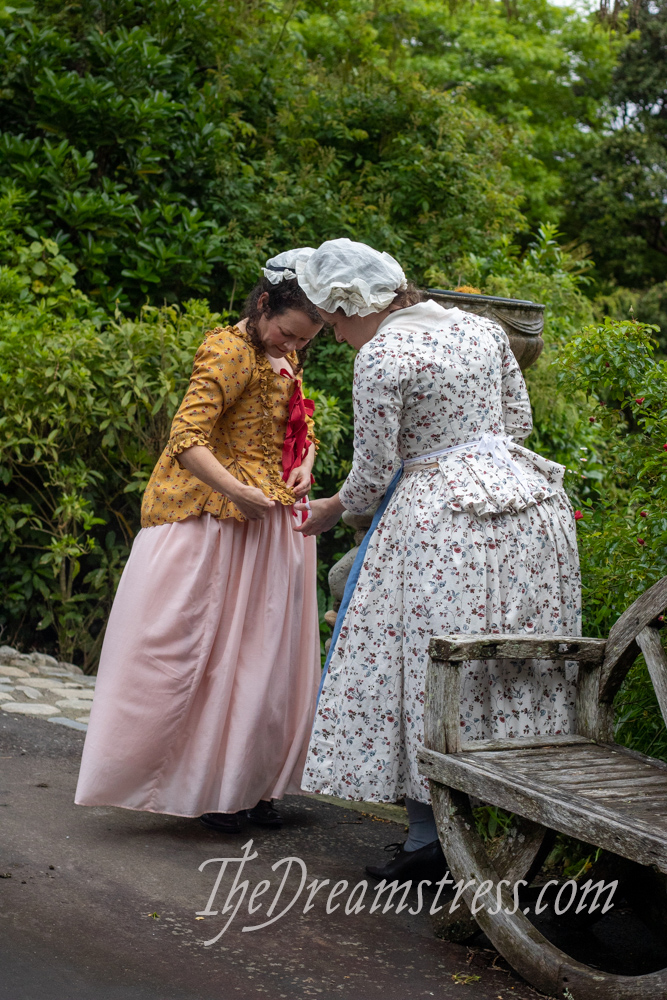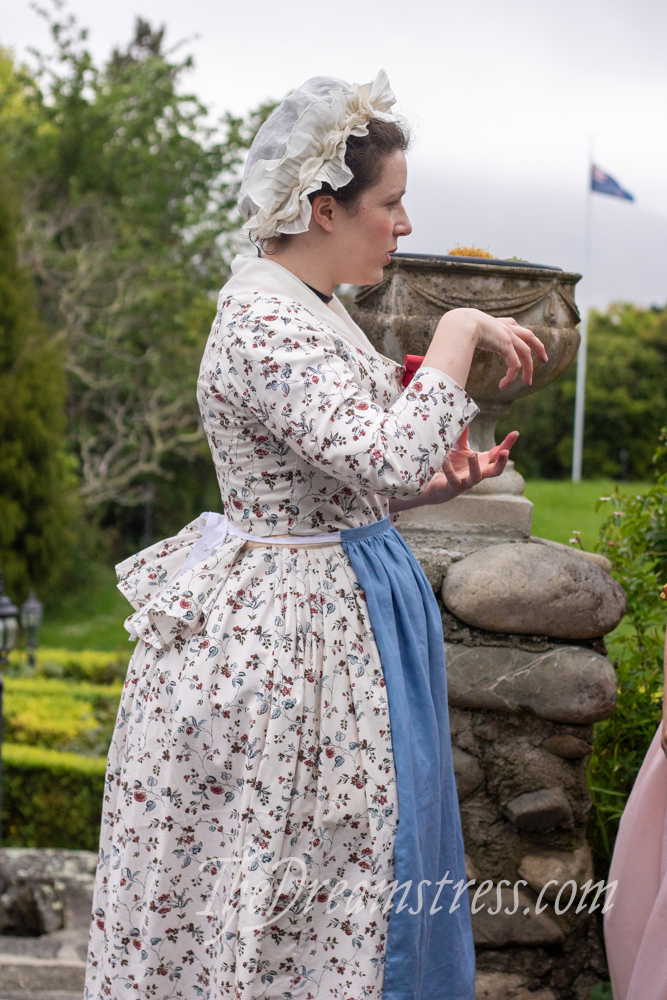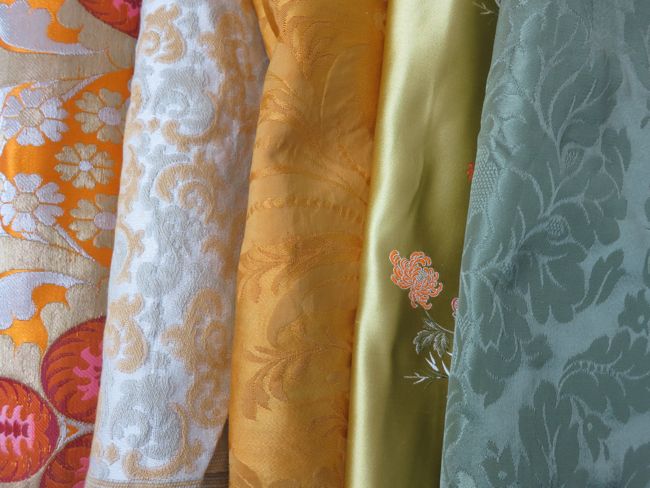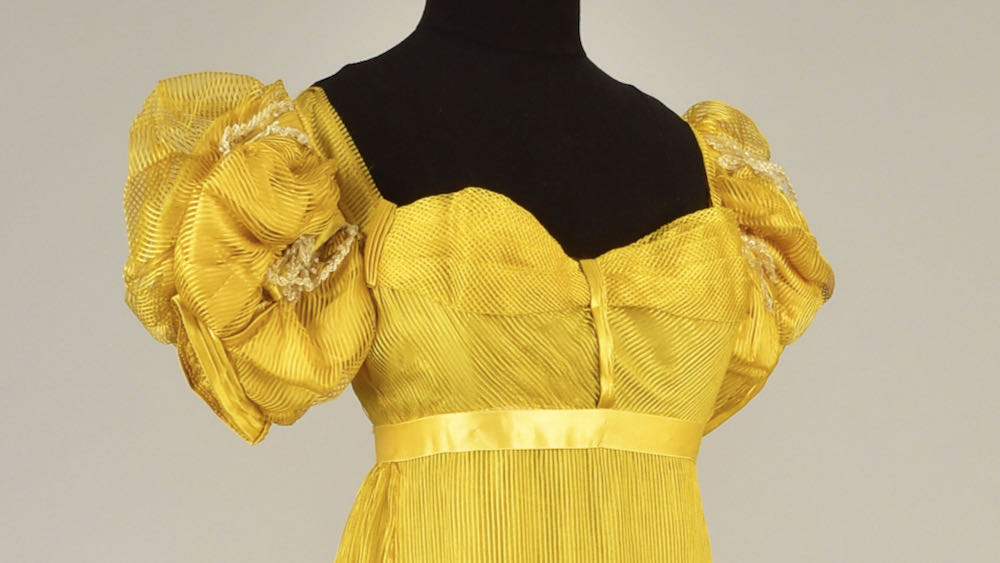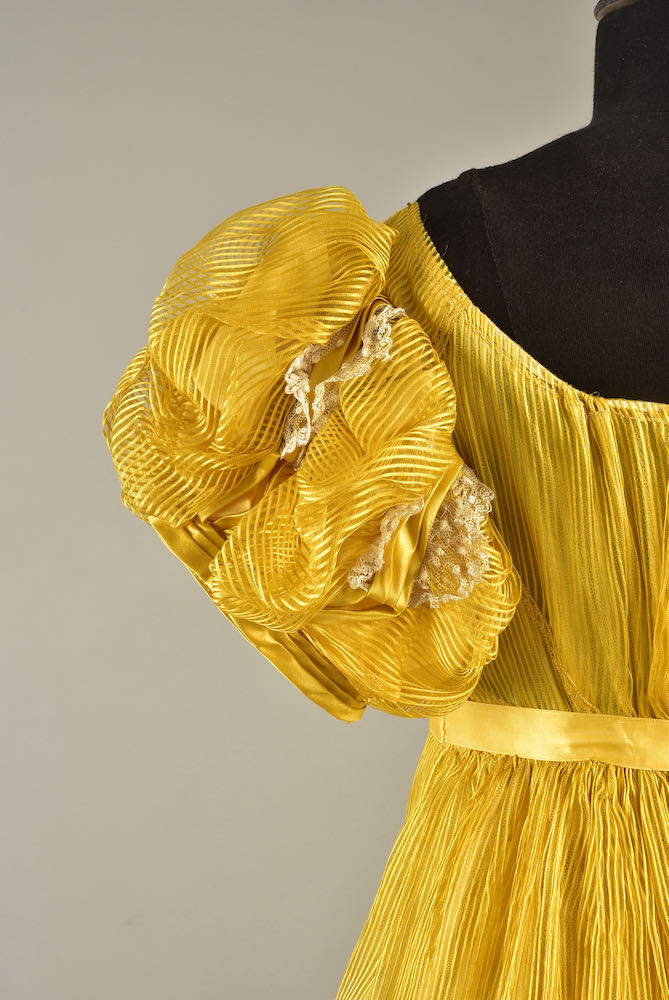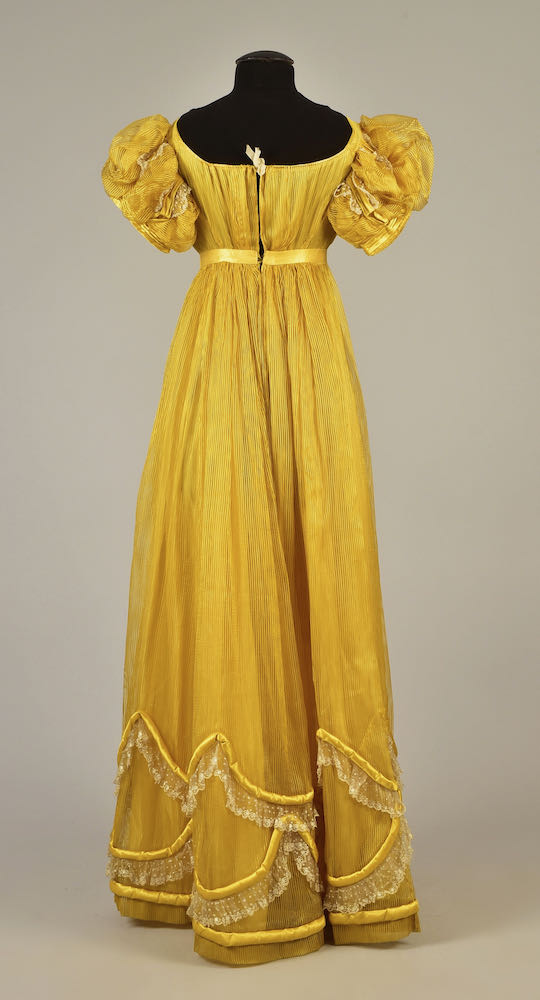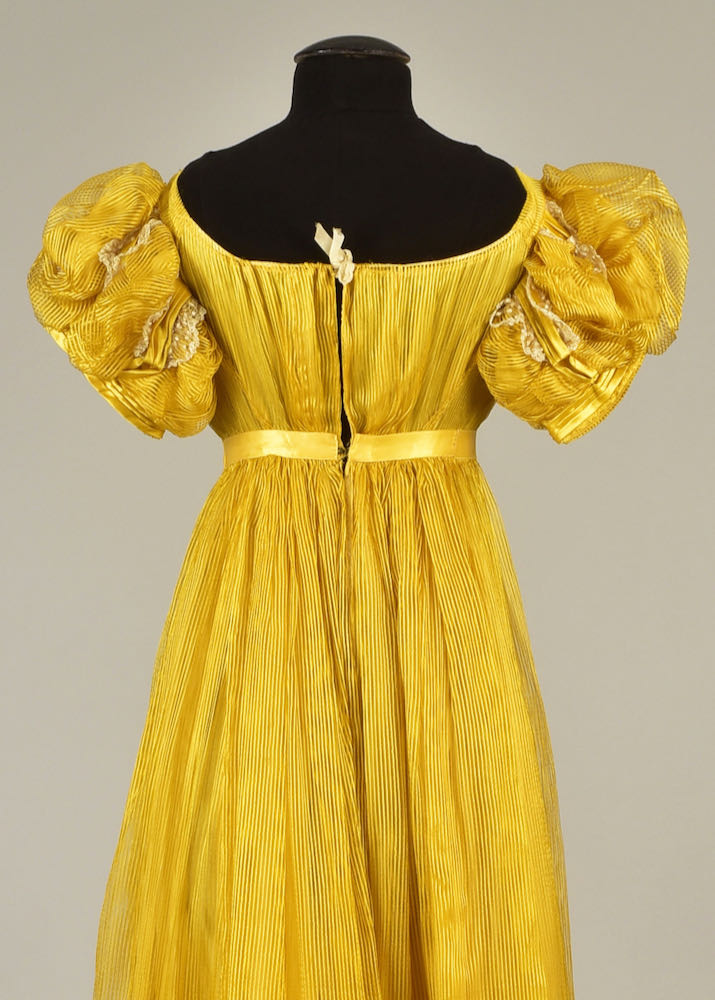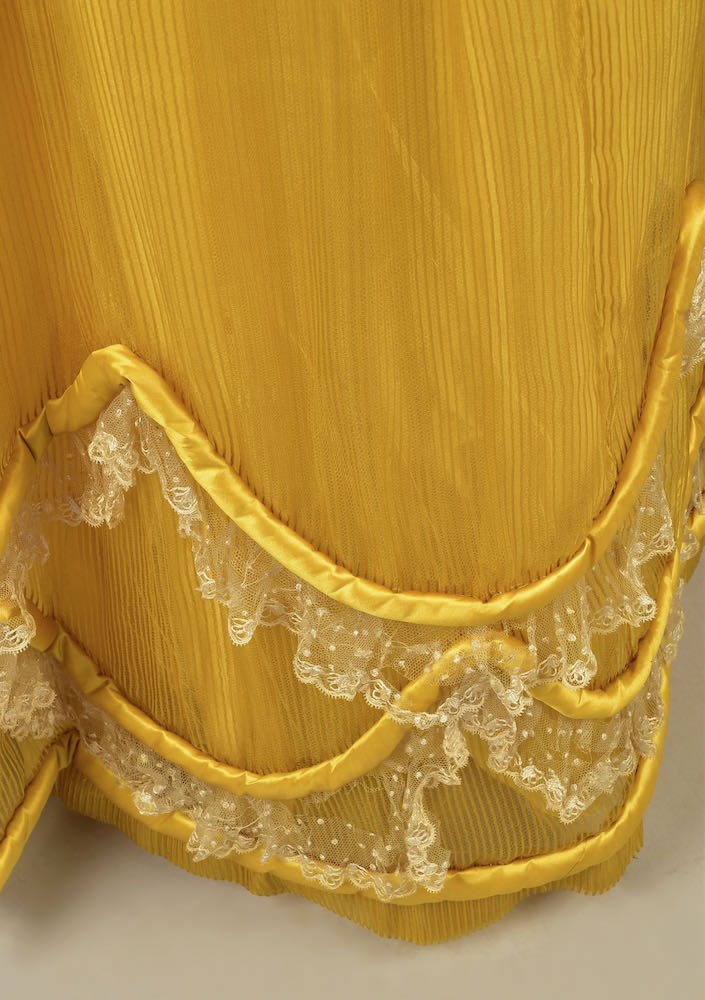I get a lot of inquiries from people who are de-cluttering their own life, or clearing out relative’s fabric stashes, and want to know where the best place to donate them is.
It’s particularly common this time of year, in the post-Christmas clean-out rush, so I thought I’d make things easy for myself, and anyone wondering about this, and answer it comprehensively once and for all!*
These suggestions are New Zealand specific, but you may find similar organisations in your own country to donate your own stash to.
I’m based in Wellington, so my suggestions are somewhat Welly-centric, but I’ve tried to give ideas that will apply across the country.
My suggestions for where to donate things are based on ideal use. Hopefully by donating your sewing bits to these places they will be able to be used by people who know what the items are and what they are worth, and love sewing and making. I’ve chosen the places with the best chance that will happen. After that it’s up to you: what types of charities do you want to support!
Sewing, Fashion & Costuming Programmes
Want the fabrics, patterns, and sewing things you need to get rid of to be used by creative learners? Many secondary schools with sewing/fashion courses, as well as tertiary institutions focused on fashion and costuming, will take donations of fabrics.
Look up the head of department for the schools near you, or simply email or call the front desk and as to speak to the right person. Not all schools have places to store lots of stuff, so be sure to call/email and ask. Definitely don’t just show up with a bunch of fabric!
The Costume Construction course at Toi Whakaari gets donations of fabric and sewing goods fairly often. It’s fantastic. Big pieces of fabric and really useful fabrics go into the production/class stash. Tools go into the communal tool kit, to be used by students who can’t afford their own. Smaller lengths go into the stock of fabrics for students to practice with (our general rule is ‘if you’re going to use it right now, you can have it. If you’re just going to horde it…leave it in the communal horde please!). Things we really can’t use get set aside for sales.
Here are some patternmaking half-scale models made from donated fabric (it was a dye job that went wrong and made the fabric too delicate for real clothes):
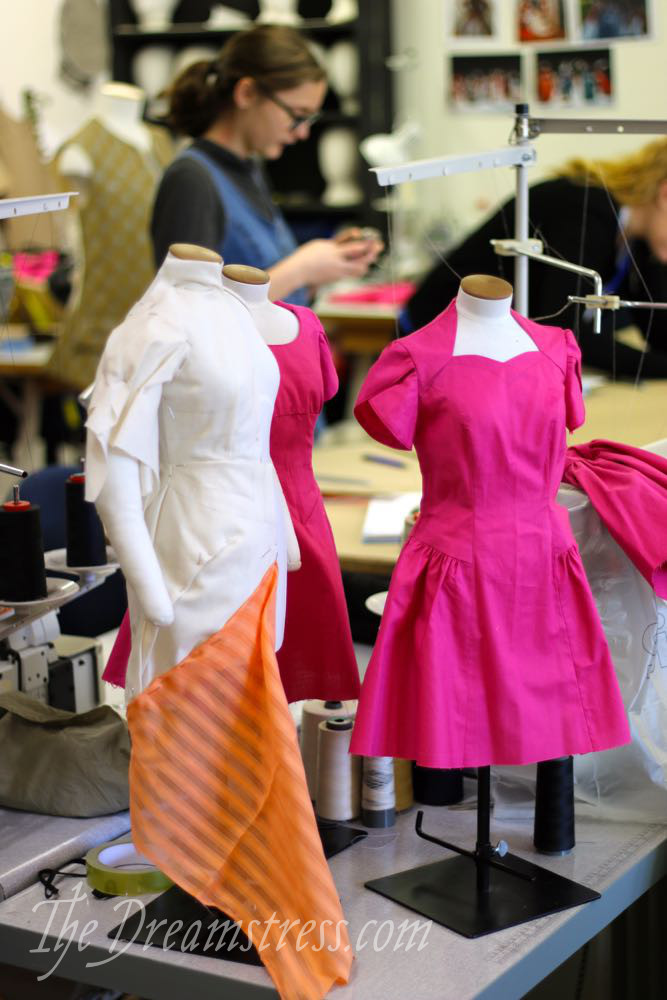
Any money raised from sales, or saved from from our running budget because we didn’t have to buy the fabric, goes towards helping students, or supporting programming we otherwise couldn’t afford (like the extant costume research room for costumers that we’re working on…)
We also take things like good quality shoes (we use SO MANY shoes for shows) and vintage clothes.
Schools not your thing? How about…
Fabric-a-Brac
Fabric-a-brac is a fabric sale that supports charities across NZ, particularly Hospice NZ.
At the moment there are Fabric-a-bracs sales that happen in Wellington, Auckland, Palmerston North and the Wairarapa (but they are always hoping for organisers in new locations).
If you have a lot of stuff you want to clear out, and you want to make a little money off of it, you can apply to have a table at the next Fabric-a-brac near you. Hospice gets the table-fee (the amount depends on the size of your table), and you get any profits.
Or…you can just donate your stuff to the Fabric-a-brac organisers, and they sell it to fabric (or yarn, or whatever) lovers! All the money goes to charity, and you don’t have to worry about it at all.
They have information on donating and applying for a table on their site.
No Fabric-a-bracs near you? Try…
Sewing Machines & Goods for Refugees
The NZ Red Cross coordinates refugee resettlement in NZ, and often have migrants who love to sew or make, but don’t have a sewing machine, or materials. Donations of machines and goods can help NZ feel more like home for them.
Sacraparental organises donations of sewing machines and other crafting goods for the Red Cross. Follow the information on her blog on how to contact her, and she’ll match your donations to someone who will love them.
As she states, please don’t contact the Red Cross directly about this – we’re trying not to give them more work!
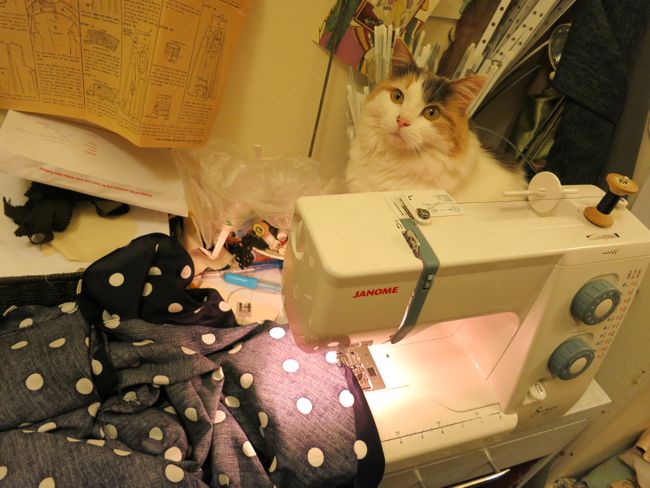
Quilting and Embroidery Guilds
Another great place to donate goods is quilting and embroidery groups, if there are any in your area. They often have sewing-based charitable activities that donated goods can be used for, or can fund.
For example, the Wellington Quilters rely on donations to run Shut-in-Stitchers at Arohata Prison, where they teach patchwork and quilting. It’s the longest running volunteer programme in a NZ prison, and the programme both gives women skills for life out of prison, and supports them while in it. The Wellington Quilters also make quilts for premature babies born in the Wellington region.
Op-Shops
I’ve put this last on the list, because it’s the most obvious, so you’ve probably thought of it yourself. It also comes with a caveat: while op-shops can be a great place to donate sewing items, they can also be a terrible place to do so.
Some op-shops have a volunteer or staff member with sewing know-how, and do a excellent job of packaging and pricing fabric, machines, and notions. Others…don’t.
I always ask if they have fabric and sewing things when I visit an op shop, and the amount of times I’ve heard ‘oh, no one buys it so we just send it to the shredder’, or ‘we take patterns, because we can use the tissues for wrapping china, but nothing else’, is heart-wrenching as a maker. Other shops price fabrics at more than it sells for new (and then wonder why they don’t sell, and eventually send them to the shredder – in one particularly galling case), or wrap them up with packing tape, thus destroying delicate fabrics.
Some op shops simply don’t want fabrics because they don’t have the staff to measure and price it. And only shops with an electrician to test them can accept sewing machines.
So if you’re going to donate sewing goods to an op shop, call and check to make sure they take it before you drop it by.
There are definitely some shops that do a great job though – far more than do a bad job, and far more than I can list! Here are a few suggestions:
- Vinnies Re Sew are a dedicated sewing charity (though you have to donate to them directly, not just to any Vinnies shop).
- Whenever I end up with fabric I don’t want I donate it to Opportunity for Animals, because the Wellington manager is a sewist, and they price fabric so it’s the exact right balance of affordable for buyers and a good fundraiser for them. (also the Newtown branch is super convenient for my work 🤣)
- Both the Mary Potter Hospice and Sallies shops usually do a great job with fabric, because they have large volunteer staffs. My faves of the Wellington ones are Mary Potter Newlands and Sallies Miramar & Karori (although this last one has an annoying habit of packaging up 6 different pieces in one big bag, so you buy the whole bag for that one piece you really want…and then donate the other 5 to OfA!).
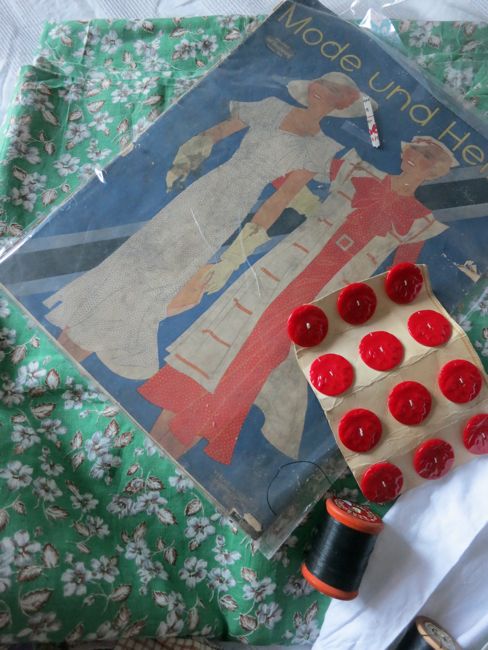
Between all these suggestions hopefully you can find someone to take your stash off your hand and turn it into beautiful things!
I’m sure there’s lots of places I haven’t thought of. Tell me about your favourite in the comments!
*Or at least for a while! I’m sure this list will need updating every few years.
